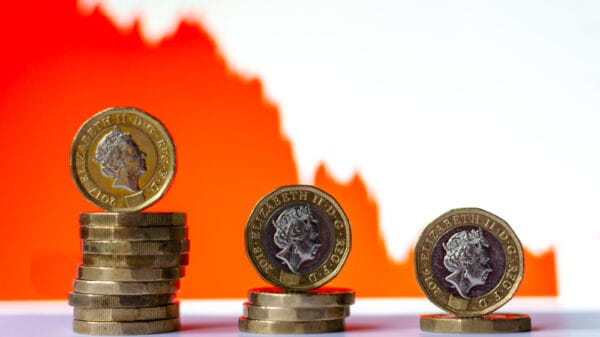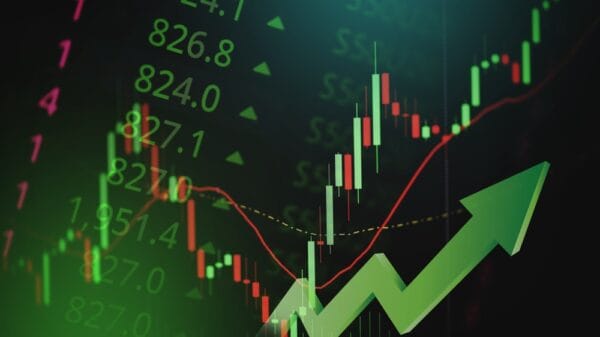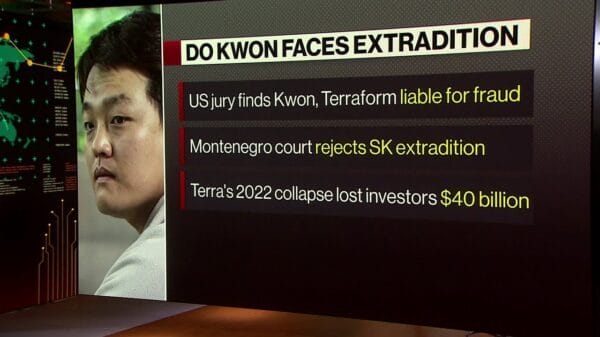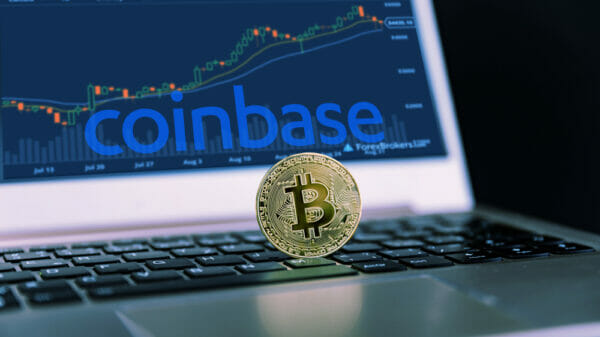Michael J. Burry, the financial guru depicted in the film “The Big Short,” is renowned for his crisis predictions. His investment fund capitalized on the 2008 housing crash, and as of the second quarter of 2022, Burry had liquidated nearly his entire portfolio.
With uncertainty prevailing about the fate of traditional markets and the possibility of entering a further recessive phase, it could be an opportune time to explore cryptocurrency investments. Below are instances where seasoned investors overlooked remarkable market rallies.
In May 2017, Burry forecasted a “global financial meltdown” and World War 3, only to witness a 20% rally in the S&P 500 over the subsequent 9 months. Similarly, despite Burry’s suggestion of a short entry price, the index soared by over 100% by December 2021.
In December 2020, Burry criticized Tesla’s stock price as “ridiculous” when establishing his short position. However, Tesla’s shares surged by 47% in the 35 days following his comments and peaked 10 months later with a total gain of 105% from the initial price he deemed “ridiculous.”
Signs Point Toward a Major Recession, but the Timing Remains Uncertain
It is indisputable that the U.S. dollar index has strengthened significantly against other major global currencies, reaching a 20-year peak. This trend signifies investors’ rush to seek refuge in cash, abandoning stock markets, foreign currencies, and corporate debt.
Furthermore, the gap between the U.S. Treasury 2-year and 10-year notes widened to a historic -0.57% on Sept. 22. An inverted yield curve like this, where short-term bond yields surpass long-term yields, often signals an impending recession.
Adding to the apprehension, on Sept. 22, the U.S. Federal Reserve recorded an all-time high of $2.36 trillion in overnight reverse repurchase agreements. This surge indicates a lack of confidence in counterparty credit risk among investors, portraying a bearish sign.
With three crucial macroeconomic indicators hitting levels not seen in over two decades, two pivotal questions emerge: What role do Bitcoin (BTC) and Ethereum (ETH) play in traditional markets? And what consequences can investors anticipate if the S&P 500 plummets by 20% and the housing market crashes?
Despite whether one uses cryptocurrencies to pay their bills, various essential expenses like energy, food, and healthcare services are tethered to USD. The majority of international commodity transactions, imports, exports, and trading are priced in USD, implying that even if one transacts with Bitcoin, the value often transitions to fiat money at some point.
The Influence of USD Borrowing Costs Across Economies
The key insight from the absence of an exclusive circular trade using cryptocurrencies is that everyone’s livelihood is intertwined with the strength of the U.S. dollar and its borrowing costs. Unless living in total seclusion, disconnected from the broader economy, when investors hoard cash and interest rates surge, every market feels the repercussions.
Regarding a potential housing market collapse or a 20% stock market downturn, predicting their impact on Bitcoin and Ethereum is challenging. On one side, holders may rush to reduce their exposure and secure cash holdings in anticipation of a prolonged crypto downturn. Conversely, there might be an uptick in investors seeking non-confiscatable assets or shelter from inflation.
Michael J. Burry’s narrative is particularly pertinent now, with many experts foreseeing a market collapse or housing price crash in the near future. Bitcoin and Ethereum are bracing for a global recession for the first time, reminiscent of the March 2020 panic selling triggered by the Covid-19 crisis, where long-term holders reaped rewards.
The opinions expressed here are solely those of the author and do not necessarily represent the views of Cointelegraph.com. All investment decisions involve risks, so it is advisable to conduct thorough research before making any investment choices.
Image Source: Mc_Cloud / Shutterstock













































